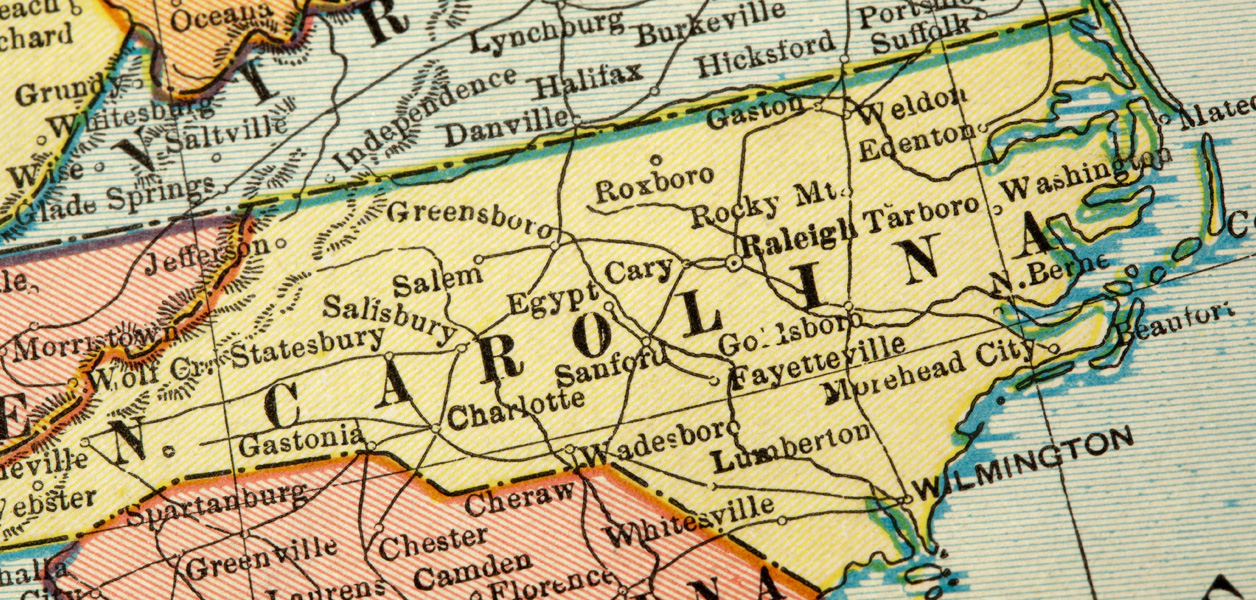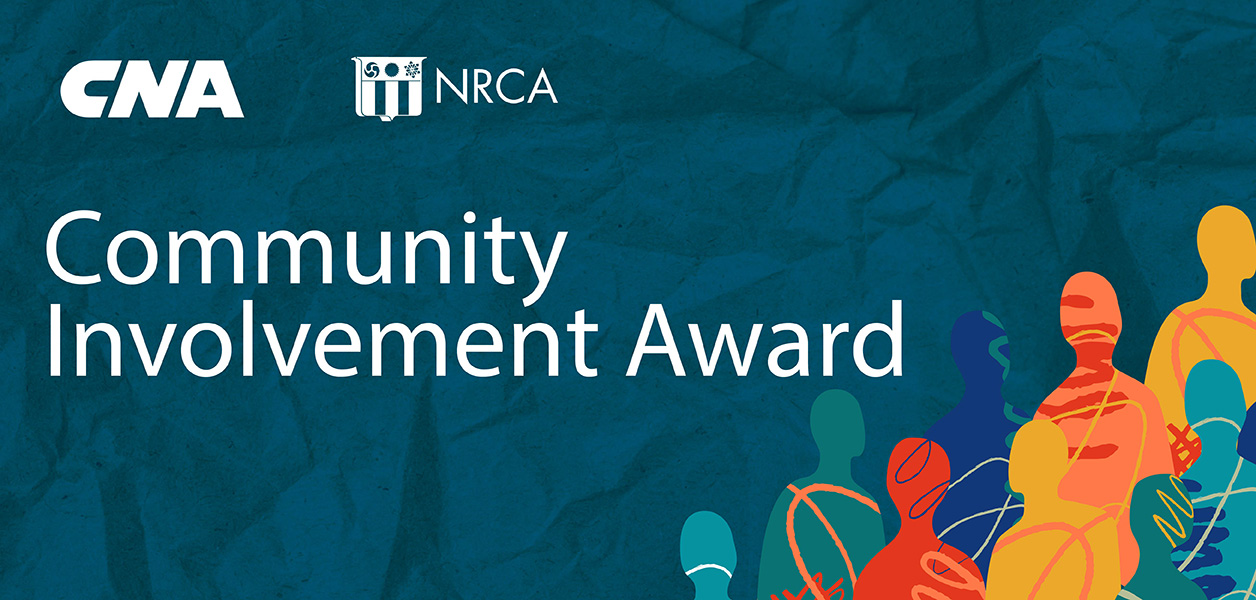It is not a secret that skilled trade companies have been struggling to find workers. And a recent analysis of 2019 federal employment data found the median age for construction workers is 41, putting more pressure on employers to find younger talent, according to www.constructiondive.com.
During a time when many U.S. workers are quitting their jobs and are open to new industries, it seems like an opportunity for construction companies to help address the industry’s labor shortage by targeting younger workers. Survey data published in August by Adobe show more than half of Generation Z employee respondents said they planned to pursue new jobs in 2021, and 59% of that group also ranked lowest in job satisfaction among generational groups.
However, when these workers seek to pursue new opportunities, they reportedly are not likely to consider construction. An April report from Tallo analyzed survey responses from more than 29,000 Gen Z high school and college students about the brands, industries and career paths they desired; in a ranking of 22 industries, construction placed second to last, attracting the interest of 16.7% of respondents.
Construction employers say the opportunity is there, but it will take a collaborative effort to bring younger workers to the industry. There are various issues at play, including younger workers having less experience working with their hands, as well as the industry’s gender, socioeconomic and other stereotypes regarding who a construction worker is.
Some construction companies reportedly are working hard to address their plans regarding diversity and inclusion. For example, Messer Construction, Cincinnati, funds diversity scholarships at various Midwestern universities and is working to expand its footprint with historically Black colleges and universities. The company also has a program that works with local nonprofits to provide participants with free training, social support and the promise of a full-time job upon completion of the training program.
Although other industry stakeholders have launched similar outreach programs, Paul Crovella, an assistant professor at the State University of New York’s College of Environment Science and Forestry, said “it will be a generation before we see those kinds of outreach being effective.”





